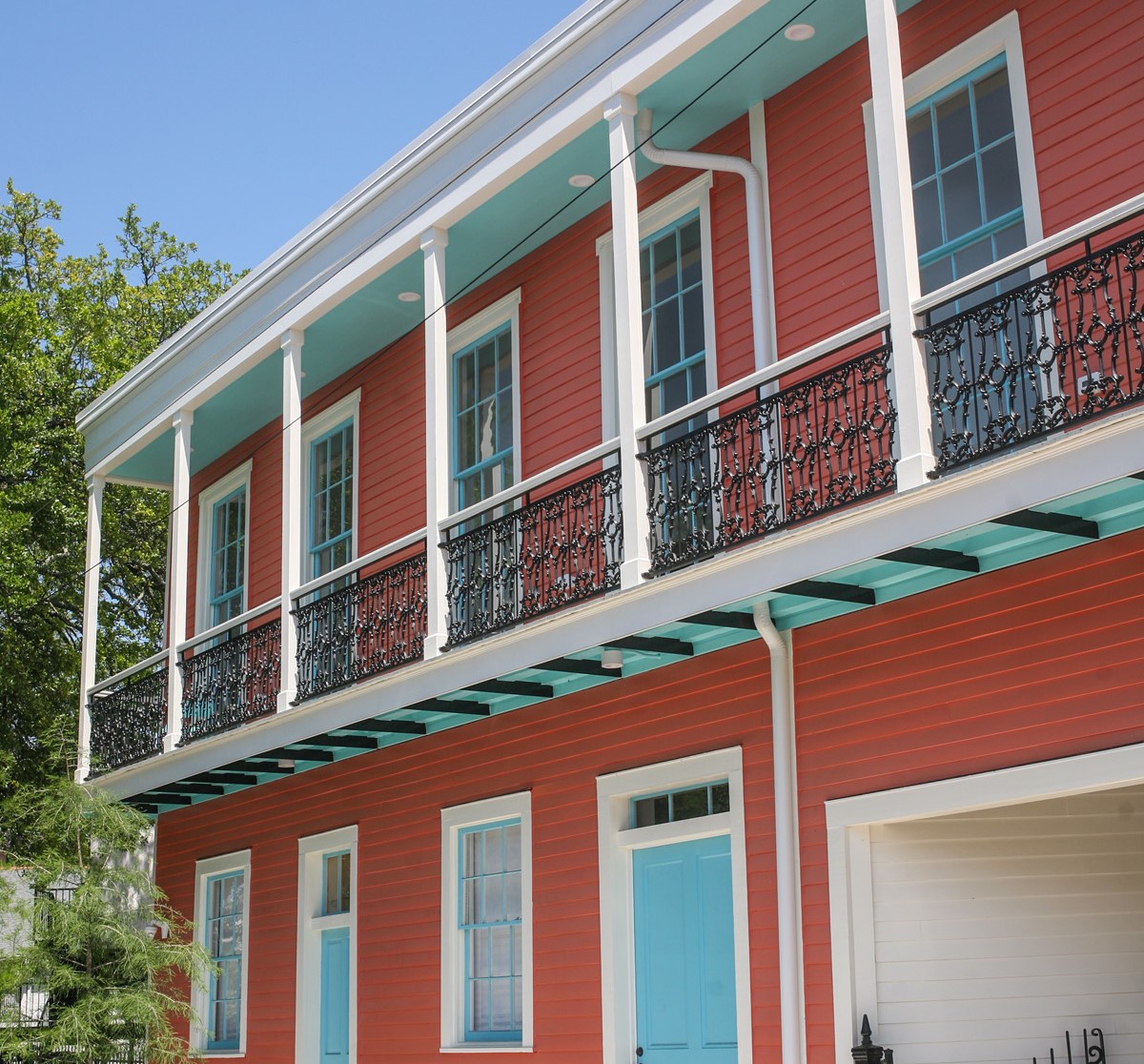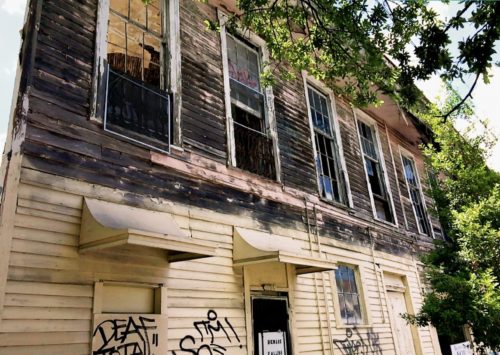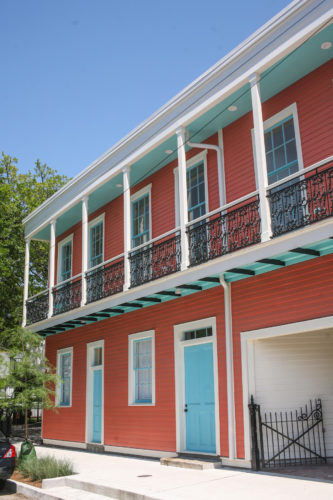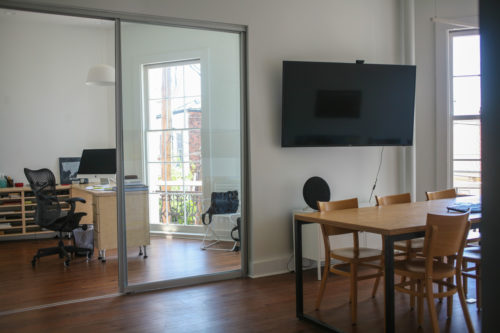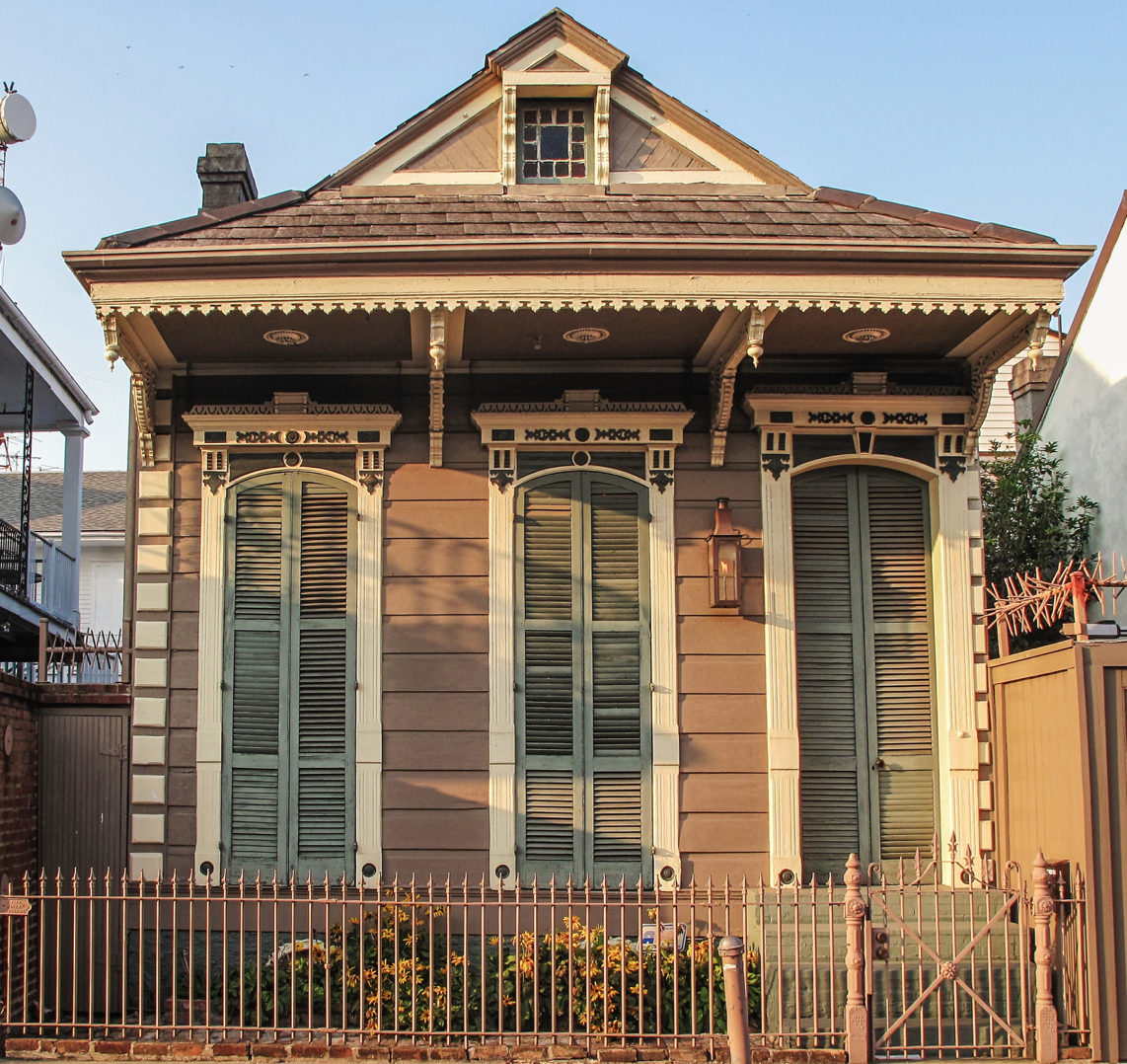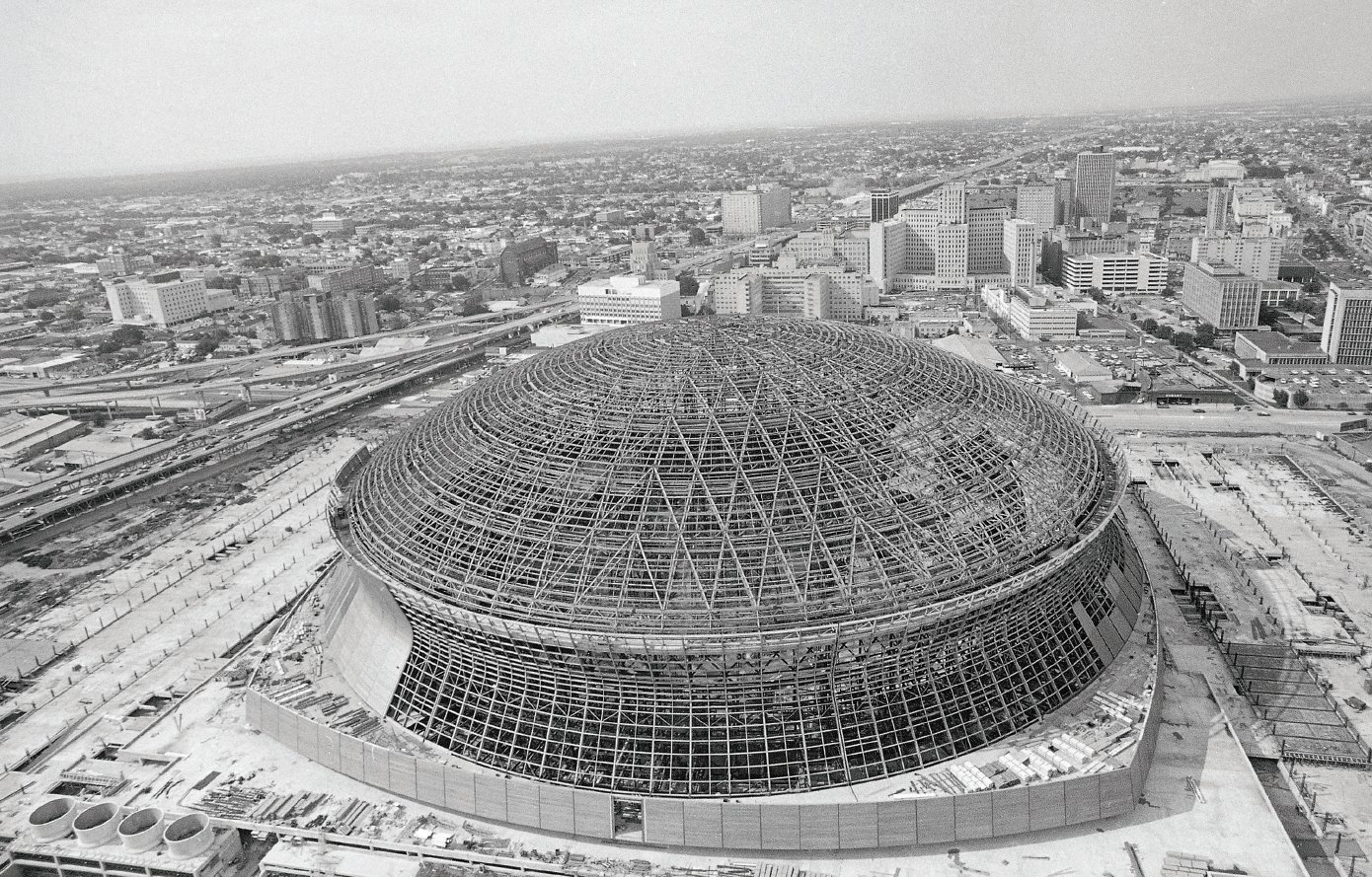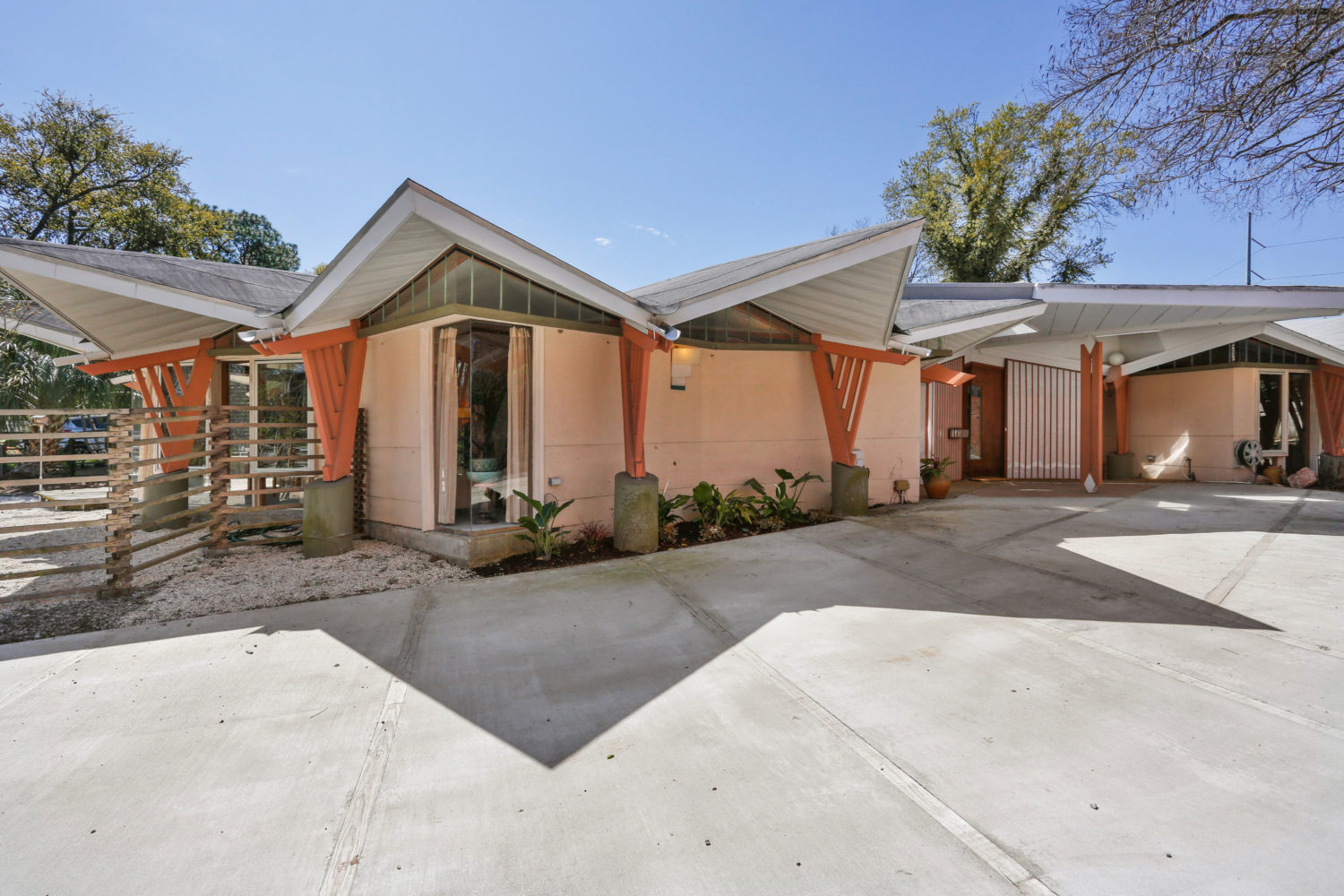This story appeared in the May issue of the PRC’s Preservation in Print magazine. Interested in getting more preservation stories like this delivered to your door each month? Become a member of the PRC for a subscription!
As the team at the firm of studioWTA took their initial peek into the two-story building at 1824 Sophie Wright Place, it soon became apparent that reclaiming and rescuing the 161-year-old structure would require some unusual evaluation techniques.
Natan Diacon-Furtado, a designer at studioWTA, said the building — which had landed on the Louisiana Landmarks Society’s 2011 list of New Orleans’ most endangered sites, and had come within a whisker of being demolished by the city in 2016 — was so dilapidated that it could not be entered safely. In response, the architects flew a drone through the structure’s second floor to draw up an existing floor plan. And even after that high-tech mapping, Diacon-Furtado said, rehab plans still needed a lot of “wiggle room” to account for dimensional variations as the project proceeded.
But everyone involved with the visionary reclamation project — from new owners Wes Michaels and Elizabeth Mossop to realtor Katie Witry to the city officials who were willing to be patient as the restoration team proceeded — believed in the project, as well as what the finished product could mean for future historic preservation in New Orleans.
Now that the building has been given a new life — with Michaels and Mossop using the top floor as a home for their landscape architecture firm Spackman Mossop Michaels, and the first level containing two residential units — those involved hope the success story can be used as a model for other restoration efforts in the city.
“New Orleans is a leader in historical preservation,” Michaels said. “It’s one of the city’s strengths. All of the professionals, architects, attorneys, historical consultants, lenders — the entire ecosystem of people that make a project like this possible — are well developed in New Orleans. We often take this for granted, but other cities don’t have this type of expertise at their fingertips.”
That expertise also included mastery of the various tax credits available for historic preservation projects. For that part of the process the owners recruited Beth Jacob of Clio Associates, a local historic preservation consulting firm, who helped prepare their application for crucial tax credits through the National Parks Service and State Historic Preservation Office programs.
Jacob said the effort by all involved was well worth it to protect and rescue such a significant New Orleans landmark. “This project demonstrates that just about any building can be restored when there is the will and determination to do so,” she said. “We are thrilled with the final result,” she added. “This was truly a team effort between the owner, architect, contractor, project manager, tax credit and finance consultants, and the project couldn’t have been achieved without everyone’s hard work.”
As a testament to all the toil, teamwork and determination, the site and those behind its revival received a 2018 Award for Excellence in Historic Preservation from the Louisiana Landmarks Society. In addition to Spackman Mossop Michaels, studioWTA and Clio Associates, the contracting firm A-J-K Renovations, Roth Law Firm, Home Bank, and project managers The McEnery Company and ARB Meetings and Events were honored.
Diacon-Furtado said that while several previous successful restoration projects have made use of tax credits and other resources, the Sophie Wright effort presented such a massive challenge that its completion is uniquely rewarding. “What makes this project unique is the level of deterioration it was in at the start of the project,” he said, “and in that way it can hopefully be a model for the state of extreme deterioration which can still be addressed through a renovation. In a city where we tend to use extreme blight as a case for demolition, this project offers another path.”




